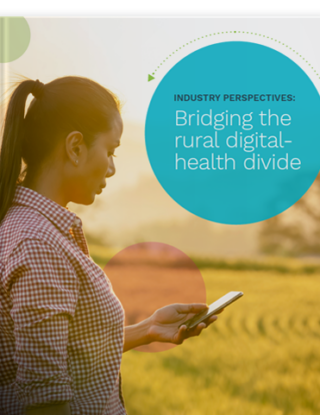Are rural Americans living in the “digital dark?” It’s a notion that has prevailed over the years, with experts pointing to poor broadband access as a significant contributor to the deepening digital divide in the U.S.
But while rural patients have less reliable wireless and internet coverage than their urban counterparts, it’s not stopping them from accessing the web. Similar percentages of rural and nonrural patients have smartphones and data plans, new survey data shows, and all patients tend to use the internet for similar activities, regardless of their proximity to urban centers.
Yet it’s clear that despite their internet use, rural patients are less likely to go online for healthcare information, and they tend to use fewer digital tools in general to manage their health. While marketers can and should connect with rural patients on the web, they need to make sure they’re reaching these patients in the right ways.
Based on survey responses gathered in December 2021 and January 2022 from more than 4,700 patients—including more than 1,800 rural residents—this report will examine what’s really behind the rural digital-health gap and what pharma marketers can do to help bridge it.
Report highlights include:
- 48% of rural patients use patient portals and 22% use telemedicine, compared with 55% of urban patients who use patient portals and 28% who use telemedicine
- 40% of rural patients struggle when it comes to determining the reliability of health information found online
- 25% of rural patients have trouble expressing their health-related concerns to providers



